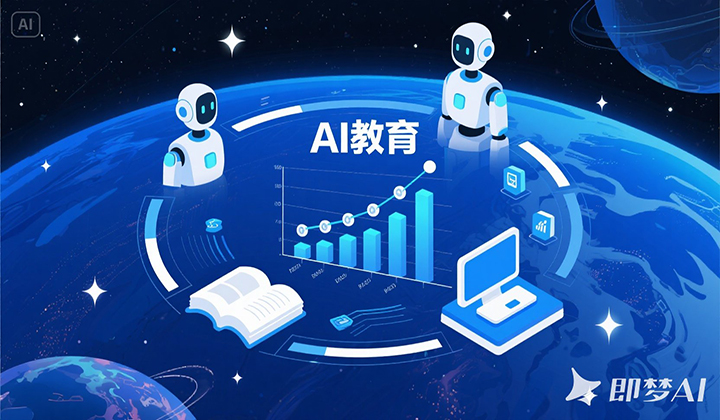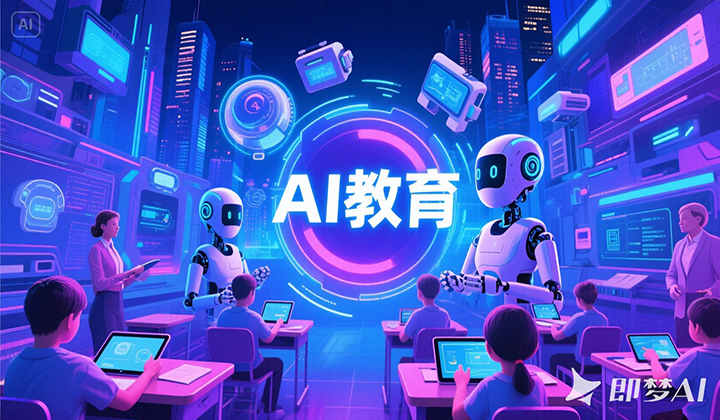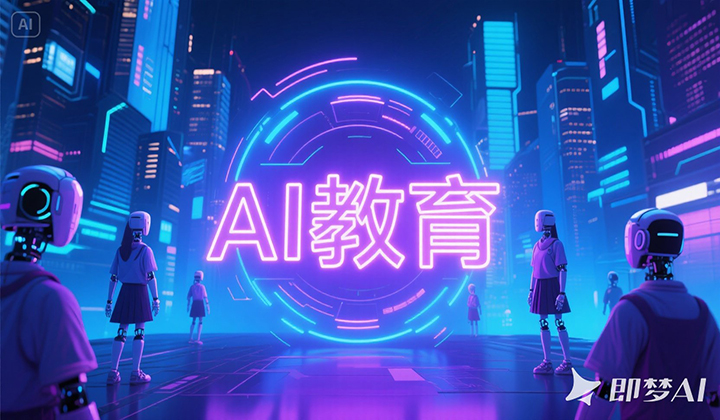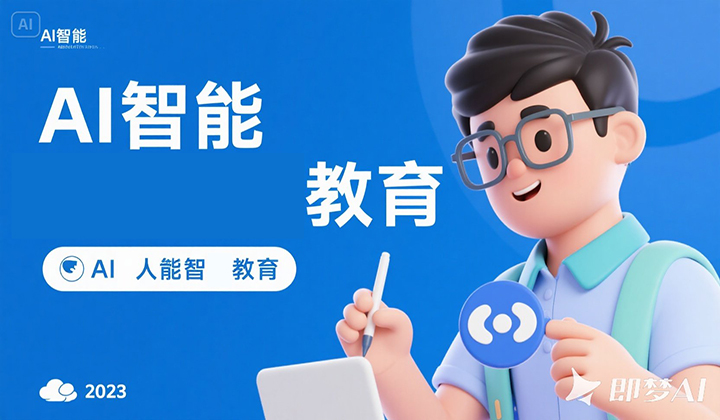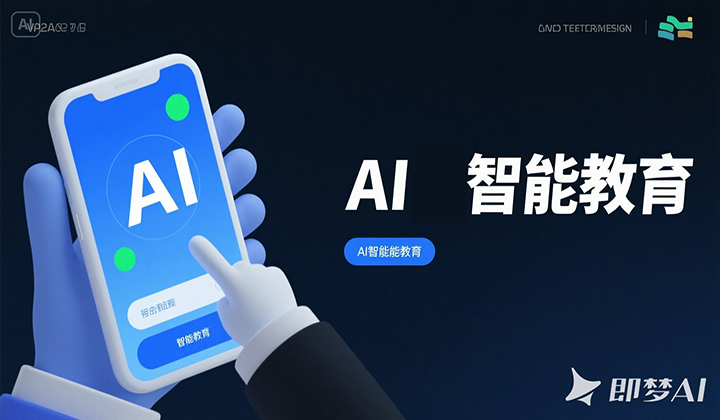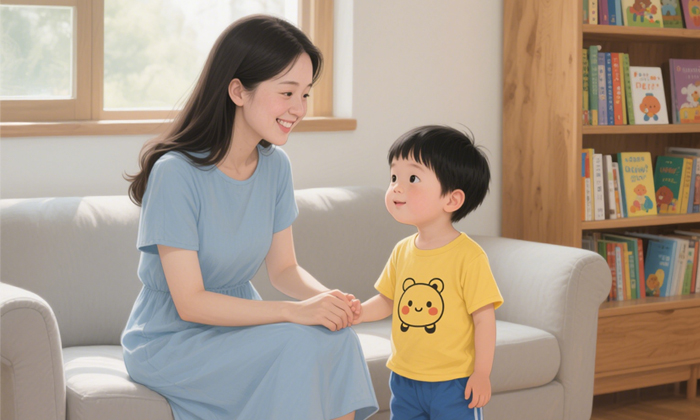Comparative Advantages of AI-Driven Education Over Traditional Pedagogical Models
AI-Driven Education vs. Traditional Education: A Paradigm Shift in Learning Efficacy
The rise of artificial intelligence in education has sparked global debates about its role relative to conventional teaching methods. While traditional education remains foundational, AI-driven systems demonstrate transformative advantages in scalability, personalization, and adaptive responsiveness. This essay examines their comparative strengths through empirical evidence and real-world applications.
1. Personalized Learning vs. Standardized Instruction
AI Advantage:
-
Dynamic Adaptation: AI platforms like Carnegie Learning analyze 1,200+ data points per student (e.g., response latency, error patterns) to adjust content in real time. A 2024 RAND Corporation study found AI-tailored math programs improved test scores by 28% compared to static curricula.
-
Neurodiverse Support: Tools like Microsoft’s Immersive Reader use AI to customize text formatting and pacing for dyslexic learners, achieving 2.3x faster comprehension rates.
Traditional Limitation:
-
Fixed syllabi and uniform pacing often leave 30-40% of students disengaged, as per UNESCO’s 2023 global classroom survey.
2. 24/7 Accessibility vs. Time-Bound Learning
AI Advantage:
-
Global Reach: Coursera’s AI chatbots mentor 4.7 million learners across 190 countries, providing instant feedback in 52 languages.
-
Asynchronous Mastery: Platforms like Brilliant.org let students revisit AI-generated micro-lessons until competency is achieved, reducing "cramming" by 65%.
Traditional Limitation:
-
Physical classrooms restrict access to 62% of rural populations in developing nations (World Bank, 2023).
3. Data-Driven Intervention vs. Reactive Teaching
AI Advantage:
-
Predictive Analytics: Georgia State University’s AI system identifies at-risk students 8 weeks earlier than human observation, cutting dropout rates by 22%.
-
Skill Gap Mapping: LinkedIn Learning’s AI scans 40 million job posts to redesign courses aligning with market needs—a process manual curriculum teams take 18+ months to replicate.
Traditional Limitation:
-
Teachers typically detect learning gaps only after standardized tests, delaying remediation by 6-10 weeks.
4. Resource Optimization vs. Administrative Overload
AI Advantage:
-
Automated Grading: Gradescope’s AI grades 10,000+ essays daily with 92% accuracy, freeing 15 hours/week for teachers (University of Texas case study).
-
Cost Efficiency: Duolingo’s AI tutors deliver language training at 5/month/uservs.5/month/uservs.50/hour for human tutors.
Traditional Limitation:
-
Teachers spend 31% of work hours on non-instructional tasks (Brookings Institution, 2024).
5. Immersive Engagement vs. Passive Learning
AI Advantage:
-
Gamified AI: Kahoot!’s adaptive quizzes boost retention rates to 68% vs. 25% in lecture-based settings.
-
VR Simulations: Medical students using AI-powered VR platforms (e.g., Osso VR) show 45% higher surgical precision than peers trained via textbooks.
Traditional Limitation:
-
Passive lecture formats yield only 10-20% retention after 24 hours (National Training Laboratories).
Ethical Considerations and Hybrid Solutions
While AI excels in technical domains, traditional education retains strengths in:
-
Moral Guidance: Human teachers uniquely model empathy and ethical reasoning.
-
Creative Collaboration: Face-to-face debates and group projects foster innovation.
A blended "AI-Human Synergy Model" proves optimal:
-
Example: South Korea’s SMART Schools use AI tutors for skill drills but reserve 60% of class time for teacher-led critical thinking workshops.
Conclusion
AI-driven education outperforms traditional models in scalability, personalization, and data utilization but cannot replicate the socio-emotional dimensions of human-led teaching. The future lies in hybrid ecosystems where AI handles repetitive tasks and analytics, while educators focus on mentorship and fostering creativity. As Nobel laureate Carl Wieman observes, “AI is the scalpel of education—precision-focused and tireless—but human teachers remain the healers.”







